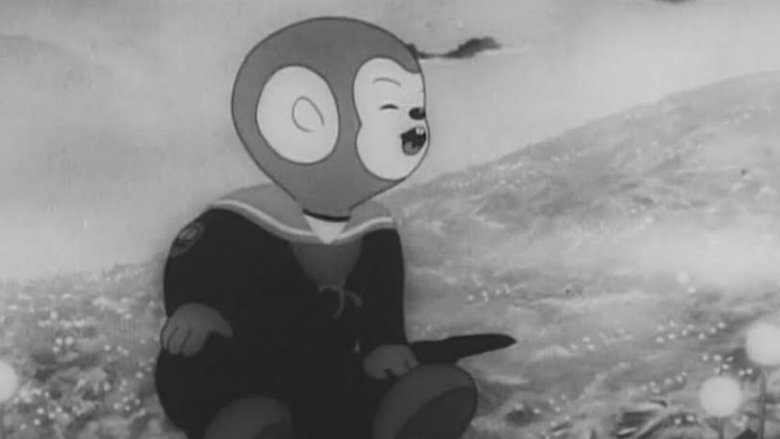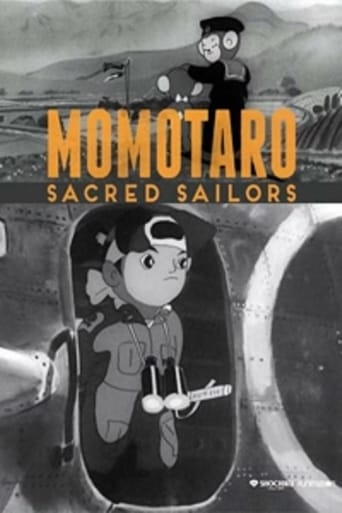
The first Japanese feature-length animated film. It was directed by Mitsuyo Seo, who was ordered to make a propaganda film for the war by the Japanese Naval Ministry. Shochiku Moving Picture Laboratory shot the 74-minute film in 1944 and screened it on April 12, 1945. It is a sequel to Momotarō no Umiwashi, a 37-minute film released in 1943 by the same director. It is black and white. The whole movie also depicts the Japanese "liberation of Asia", as proclaimed by the Government at the time. Seo tried to give dreams to children, as well as to instill the hope for peace, with hidden movie's hints of dreams and hopes, under the appearance of war propaganda.
Similar titles
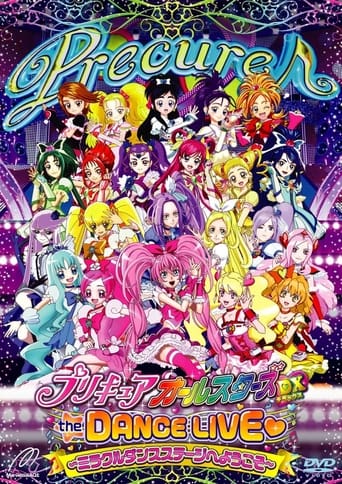
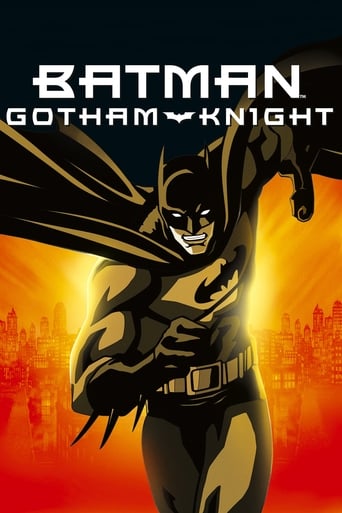
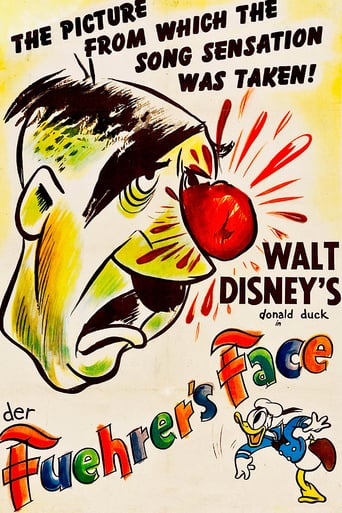
Reviews
The Worst Film Ever
hyped garbage
Absolutely the worst movie.
This is a small, humorous movie in some ways, but it has a huge heart. What a nice experience.
For years I've wanted to see a bloodthirsty, "Gung Ho!" Japanese equivalent of those eye-watering war movies that came out of Hollywood during the war in the Pacific, and have always been sceptical of the claim that such films simply weren't made. Japan's overwhelming military defeat in 1945 and the destruction of most of their film output up until that time makes this claim difficult to test, but my scepticism is now further tested by the last ten minutes of this bizarre film which narrowly survived Japan's postwar cinematic auto-de-fé.For nine tenths of its running time this could pass for a rather dodgy childrens' film in which various fluffy animals in flying suits somewhat resembling the Gremlin in 'Nightmare at 20,000 Feet' sing, frolic about and express their enthusiasm for serving their country as airmen at the shrill urging of the one character in the film who looks vaguely human, the baby-faced, staring-eyed Momotaro. But when Momotaro eventually parachutes into 'Devil's Island' with his airbourne comrades to blow up and bayonet swarms of cringing caricature Yanks & Tommies, after which he sternly issues his terms for 'Unconditional Surrender' to their flummoxed commanding officers, one is forcefully reminded of the total lack of magananimity Japan had shown the people of the territories they had occupied throughout the thirties, and remain relieved that this concluding sequence never managed to be more than a pipe dream.
Japan's first full-length animated movie is a World War II propaganda film aimed at children and centred around a young boy Momotaro ("Peach Boy") and his animal friends who represent military sailors. The film's aim is to instill love and loyalty for Japan and belief in its military invincibility and inevitable victory over British and American forces. The importance of the group over the individual is stressed and collective action based on absolute obedience and loyalty is preferred over individual action which the film suggests can cause a person to go astray.What plot exists is very loose and falls into three parts that are related only through shared characters. The film-makers' grasp on history, geography and sociology is precarious. In the first part Momotaro and his sailor friends are on leave and visiting their families. A young child gets lost chasing a runaway sailor cap and its life is in danger. The sailors and others in their community hear a rescue call and rise as one to save the child. In the second part Japanese naval forces take over a tropical island where they are welcomed by the natives who are represented by exotic species of animals; the sailors build an airbase and take time to teach the locals their language and culture. In the third part of the film the Japanese invade islands in Southeast Asia from the air and force the British overlords there to relinquish control. After parachuting to the ground and ambushing a tank together, Momotaro takes charge of negotiating with the Brits while his friends take notes.The animation is very uneven: the main characters of Momotaro and his friends (bear, monkey, cat, pheasant) are drawn well with bodies and limbs in correct chubby proportions. Their faces are usually serene and confident with shining eyes though creepy lipsticked lips don't always synchronise well with speech. Momotaro resembles a plump-cheeked kindergarten-age boy straight out of old Chinese Communist propaganda posters. The animals that represent the Pacific Islanders are all very cute and include creatures not usually native to the Pacific islands: elephants, rhinos, crocodiles, squirrels, bunnies, small wildcats and kangaroos all co-exist happily. Perhaps lacking high-order predators like lions and tigers among them gives the folks that open and hospitable attitude towards the invaders. The animals' portrayal varies from cute and sweet for small critters to rubbery and comic for the crocs and elephants which could have come straight out of old 1930s cartoons. Just as rubbery, dated and definitely caricatured are a trio of three adult monkeys who look and act suspiciously like 1930s blackface minstrels and the British who are shown as lacking in discipline, cowardly and spineless. Against backgrounds that look solid and almost three-dimensional and the fairly detailed depictions of machinery, the variable standard of animation means the film doesn't have a distinctive visual style.Whatever comedy exists in the film seems forced and the songs have been written and played to urge singing along by children. No point in preaching to audiences unless they can be pushed to participate in the message! The film plays hard and fast with the history and geography of Southeast Asia and its colonisation by Europeans. Most likely the islands "freed" by Japan in the third part of the film aren't a specific reference to Singapore but representative for eastern Asia and the western Pacific region. Parts of the plot are cut off unexpectedly and the film never returns to them. At the end of the film various small animals practise parachute-jumping onto a map of North America; the implied message is that Japanese domination of the entire Pacific region and beyond is the next step. Given that when the film was released Japan had already been retreating from US-led forces for two years, and the country was in dire economic as well as military straits, the message is desperate and shrill.Viewers may note the tone of the whole film can be strident: the pace is steady and fast, the story trajectory is onwards and upwards, and the animals obey orders and act promptly and efficiently without hesitation. The portrayal of some animals as rabbits has an unintended and slightly amusing suggestion of cloned conformity especially in scenes where they prepare the airfield for military planes to land and to take off with almost preprogrammed foreknowledge. A message of unquestioned obedience with one's heart, mind and soul being at the service of the nation, its government and emperor is strong. Characters might pause only to look at photographs of loved ones and realise how much they miss their families but that's the only kind of reflection and character development allowed here.Not a film I'd recommend for children until they're of an age to understand how seductive and inviting propaganda can be and the different forms it can take to persuade people to adopt particular beliefs and actions.
A typical WWII propaganda film. I think the film is really only of interest to historians who are want some insight into Japanese propaganda. I don't think much more needs to be said on that. The animation is a good technical achievement. However, there is a lot more to a film then how good technically it is. The animal protagonist and friends are cute until you realize the underlying brainwashing attempt aimed at the Japanese children. Then the characters lose a lot of their cuteness and seem more diabolical.The film glorifies the war against the noodle armed stuttering westerners. Who by 1945 were far from running around in circles yelping and surrendering. But I digress.I found the ending where the animals are practicing their parachute jumping on the map of the U.S.A. sadly optimistic. Just shows how out of reality the Japanese military was considering the disastrous state of the war. But that is par for the course in propaganda. It reminds me of Dr. Goebbles radio broadcasts encouraging the German people to rise up and throw back the Russian subhumans from hallowed German lands.I wonder how many children saw this film died shortly after in the atomic bombings? I think that is what you should remember if you watch this film. War is sometimes necessary, but it can be awfully cruel. Putting a happy furry cute face on it doesn't change that.Not a recommended film for somebody to watch for enjoyment. If you have any knowledge of the suffering WWII brought to the world, I think it is impossible.
I've been looking forever for this. As the title might suggest (Momotaro's Divine Sea Warriors) this, the first full length animated Japanese film, was a propaganda cartoon comissioned by the Navy to spread morale among youngsters. It was premiered just weeks before the surrender (which just shows its effectiveness) and was forgotten and for some reason neglected for years after the defeat. A copy was found in an old warehouse 1983 and a video was released in 1984. Whoever owns the copyright has shown understandable hesitation to distribute it in the West, or for that matter in other Asian countries.From what I gather from the Anime encyclopedia, which is the source of the above facts by the way, the film starts out with several animals (a monkey, a rabbit, etc) training for the Navy when on graduation the monkeys younger brother loses his siblings cap and it falls into a river, and all the animals jump down into the river to retrieve it. Then we are inexplicably transported to a Pacific Island, where another group of animals is teaching the native youngsters how to play Japanese games (good sense of Imperialism here) but soon an airplane arrives caryring Momotaro, a traditional Japanese folk hero, with his traditional allies, our friends from the Navy academy. Most of them join naval infantry, but the rabbit becomes a pilot.The movie gets blatent when a British memo is intercepted and the little band of (probably) cute animals and fairy tale characters drive the Brits out of the island. In the final sequence we see the "divine warrior" back in Japan celebrating their victory, then playing parachute over a map of the US.It's 64 min. which is pretty typical for a first animation feature, and would be of great historical interest, not only to disgruntle Pokemon fans, but also a superb example of self-delusion & propaganda. And I'm sure it would have it's own surreal qualities.
Top Streaming Movies











